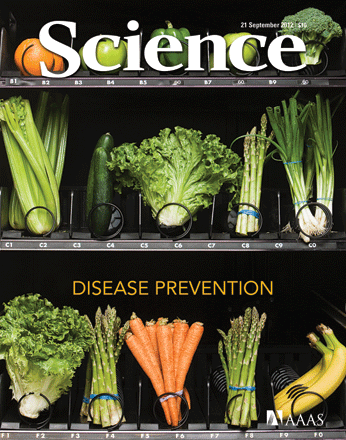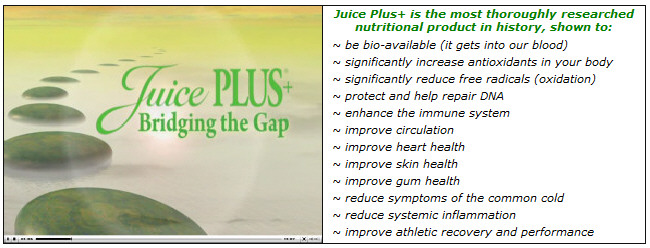|
It Takes More Than an Apple a Day
 Science magazine,
21 September 2012: Vol. 337 no. 6101 Science magazine,
21 September 2012: Vol. 337 no. 6101
As models for prevention research, infectious diseases have set a
high standard. Thanks to the development and widespread distribution of
vaccines and anti microbial drugs, we now live in a world free of smallpox,
nearly free of polio, and with declining rates of malaria and AIDS. These
victories (some still partial) have resulted in people living longer and acute
infectious diseases being superseded in many countries as a public health
priority by long-term non-communicable diseases. Heart disease, metabolic
disease, cancer, and respiratory disease together account for 60% of all
deaths worldwide and 80% of deaths in low- and middle-income countries. Global
projections for dementia are particularly alarming: By the year 2050, the
disorder may affect more than 100 million people.
Logic dictates that preventing these diseases is a better approach
than treating people after they have become ill. In many cases, the knowledge
and tools needed for prevention appear to be in place. A number of these
killer diseases share risk factors that can be modified by lifestyle
changes—for example, by eliminating tobacco use, eating less processed food,
and increasing physical activity. For certain cancers, screening tests are
available that allow detection of the disease at an early stage.
So why is
prevention of these diseases so difficult when it seems like such a good idea
on paper?
This special section of Science highlights many of the
challenges facing researchers in non-communicable disease prevention, a field
characterized by impassioned debates on issues as fundamental as whether the
benefits of cancer screening outweigh the risks, and which forms of prevention
are the most cost-effective. The need for carefully designed clinical trials
is a common theme in discussions of potential chemopreventive agents—among
them aspirin, vitamin D, vaccines against chronic diseases, and β-amyloid–lowering
drugs. The preventive strategies most likely to succeed on a population-wide
scale are described, as are the best ways to integrate these efforts with
infectious disease prevention, and the far-reaching effects (some adverse)
that disease prevention efforts could have on a country's economy. And even as
medical researchers seek new prevention drugs and strategies, we are reminded
that lifelong health requires proper nutrition, especially during the first
1000 days of life, and that effective prevention will require an understanding
of why people engage in health-harming behaviors.
One year ago this month, the United Nations convened a conference
focused on the global reach of non-communicable diseases, and it has since set
a goal: to reduce the probability of premature mortality from these diseases
by 25% by the year 2025. Although the specifics are still a work in progress,
preventive strategies will probably play an important role. As if prevention
researchers didn't already face enough challenges, they now find themselves
working on a deadline.
 Remember: one serving of cooked fruit or vegetables is 1/2 cup,
one serving of raw fruit or vegetables is 1 cup. Remember: one serving of cooked fruit or vegetables is 1/2 cup,
one serving of raw fruit or vegetables is 1 cup.
Almost all of us need some way to bridge between what we actually eat and what we need to eat for good health.
For us Juice Plus+
is that bridge. What is yours? Please watch the video below to fully understand this concept.

|